October 28, 2017
We were concerned when we arrived at GulfQuest: Everyone was in costume, activity tables filled the lobby, and sweet treats were everywhere. If this was a special Halloween event, were we welcome? And would the facility be too crowded? We definitely were made welcome and the facility was not crowded so we got to enjoy the museum and its special event!
We enjoyed many hands-on activities including loading a container ship, tying knots, using a sextant, and piloting a remote control sailboat. Dave piloted a Coast Guard patrol boat up the Mobile River in “Take the Helm”, a simulator identical to those used to train pilots that is so realistic spectators sometimes experience motion sickness.
Stories
The museum was full of wonderful stories that made history and the Gulf real. Amy Raley, Education Manager for GulfQuest, told three stories of Mobile residents and demonstrated how the legends developed and what parts of them were substantiated. One story was “The Legend of Floating Island”, described in the poem below [from Amy’s presentation].
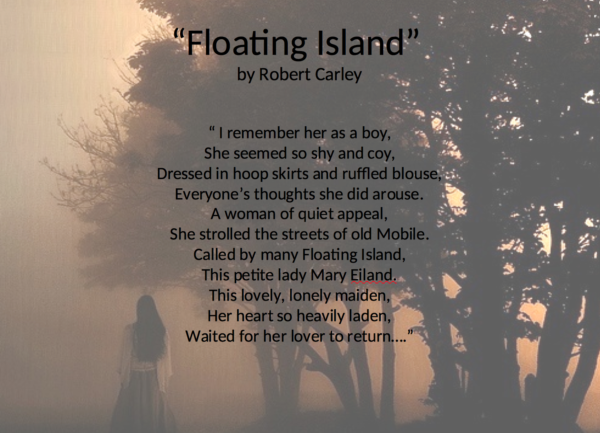 Was Mary Eilands abandoned on her wedding day by the sailor she loved, and did she walk the streets of Mobile waiting for his return? Probably not, but we love the romance of the legend. It’s possible she walked to take care of her household and personal needs: to church, the bakery, the fish and meat markets and the fruit wharves.
Was Mary Eilands abandoned on her wedding day by the sailor she loved, and did she walk the streets of Mobile waiting for his return? Probably not, but we love the romance of the legend. It’s possible she walked to take care of her household and personal needs: to church, the bakery, the fish and meat markets and the fruit wharves.
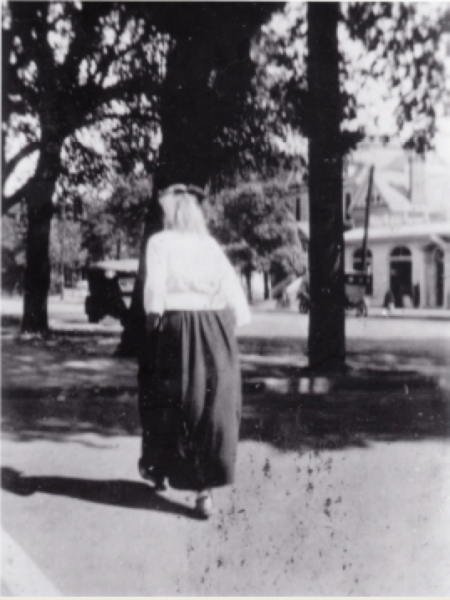 The only photo of Mary Eilands that Amy found.
The only photo of Mary Eilands that Amy found.
An exhibit about the Pelican Girls caught our interest. In 1704, young women from France sailed to Mobile to become wives of men living there. The exhibit is an attic room and the reflection of one of the women fills the mirror. She describes how the promises made during recruitment didn’t live up to the reality. This young woman never knew any of the promises: She died shortly after her arrival in Mobile of yellow fever contracted at a stop in Cuba.
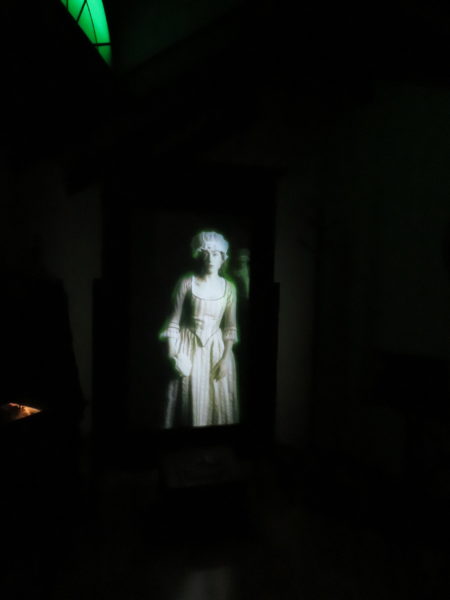
In another exhibit, we learned about shipwrecks in the Mobile area. The Chiquimila was a four-masted schooner that was set afire by vandals in 1953 and sunk at its dock. Its captain was the Gulf Coast master mariner James Buffett, verifying Jimmy Buffett’s lineage as the son of a son of a sailor.
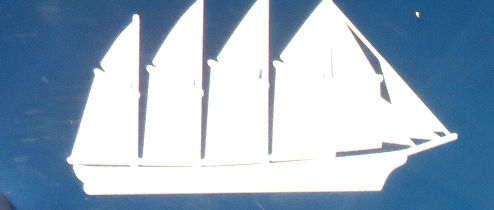
One final story we loved is about the captain of the submarine H. L. Hunley, Lt. George Dixon. The Hunley was built in Mobile and earned fame as the first sub to destroy an enemy vessel. Legend says Dixon’s sweetheart gave him a $20 gold piece for good luck. When Dixon was wounded at the Battle of Shiloh, the coin probably lessened the severity of a leg injury. Dixon captained the Hunley in 1864 when it sank the Yankee warship Housatonic. Unfortunately, ordinance on the sub then exploded and it sank near Charleston Harbor. Its crew of eight men, including Dixon, was lost.
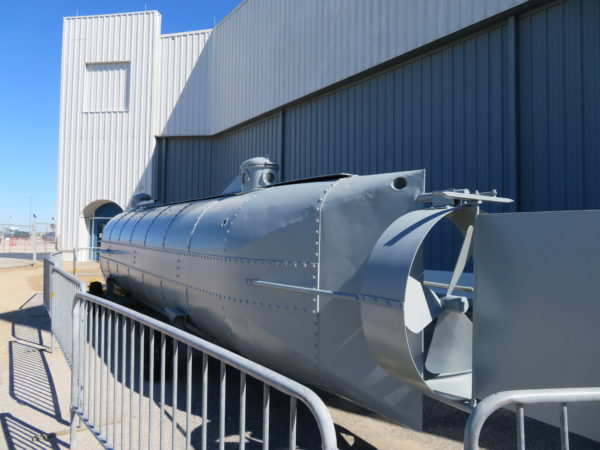 A replica of the submarine H L Hunley
A replica of the submarine H L Hunley
Illustration of the interior of the Hunley
Savage Ancient Seas
A traveling exhibit featured casts and reconstructions of creatures who lived in the shallow sea that covered the middle of North America 70-80 million years ago.
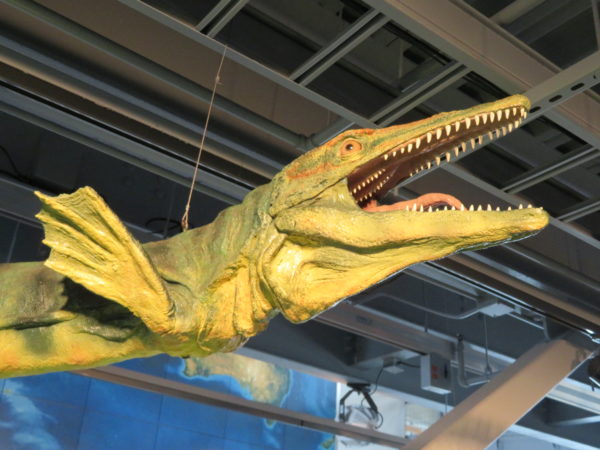 Clidastes, a mosasaur
Clidastes, a mosasaur
Sailing Vocabulary
The stairways leading from deck to deck were decorated with explanations of the origins of maritime sayings.
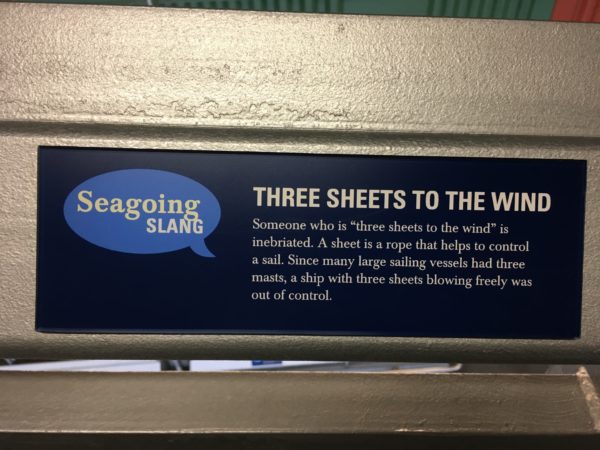 Other explanations we found interesting:
Other explanations we found interesting:
*Navy Secretary Josephus Daniels abolished alcohol consumption on U.S. Navy vessels in 1914, leaving the strongest drink available to be “a cup of joe”.
*Honcho-dori was a word for a Japanese main street where sailors could go for a good time. There everything was fine or hunky dory.
* A bartender was required to watch the Ps and Qs of his patrons–the pints and quarts they drank
* The cat sailors are talking about when they say there’s no room to swing a cat is the cat o’ nine tails, a whip that was used to administer punishment.
* Sailing ships often had three masts and the lines that controlled the sails were called sheets. A ship (or a person) with three sheets to the wind was out of control.
* Luxurious travel between Great Britain and India on sailing ships called for limiting the heat by being on the port side going out and the stardboard side coming home. Port Out Starboard Home.
Views on the Mobile River
 Austal is an Australian company building Independence class littoral combat ships for the U.S. Navy.
Austal is an Australian company building Independence class littoral combat ships for the U.S. Navy.
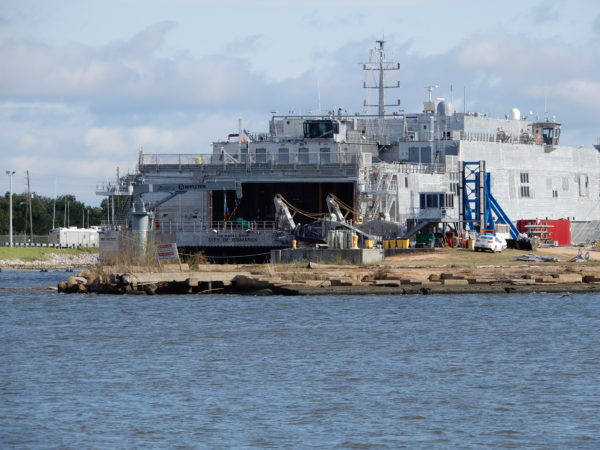 High speed vehicle passenger catamarans are also under construction at Austal
High speed vehicle passenger catamarans are also under construction at Austal
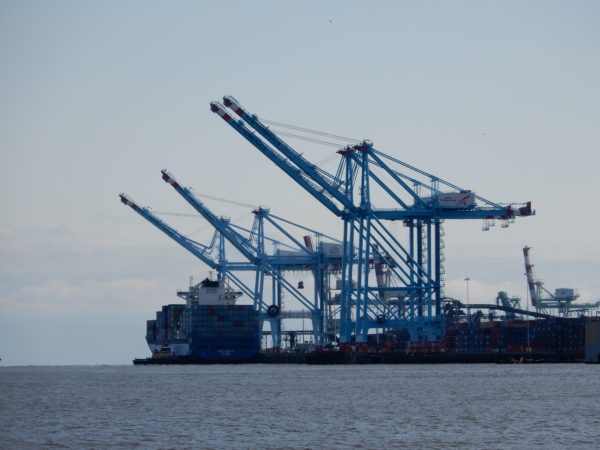 Container ship being loaded
Container ship being loaded

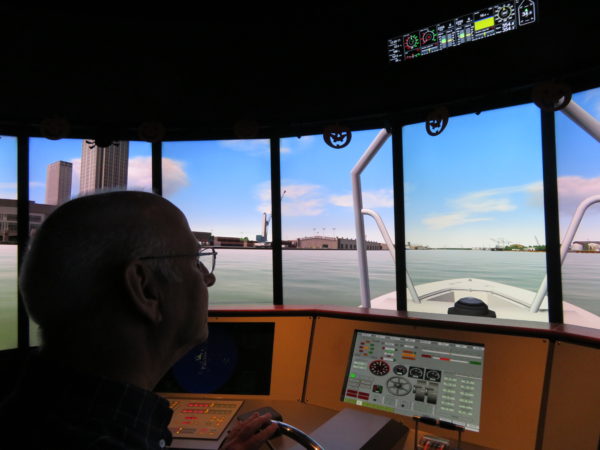
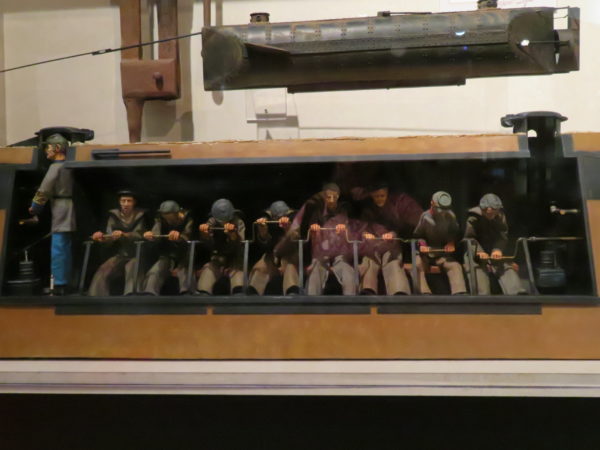
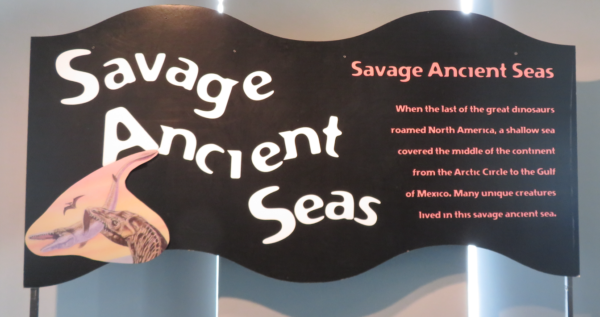
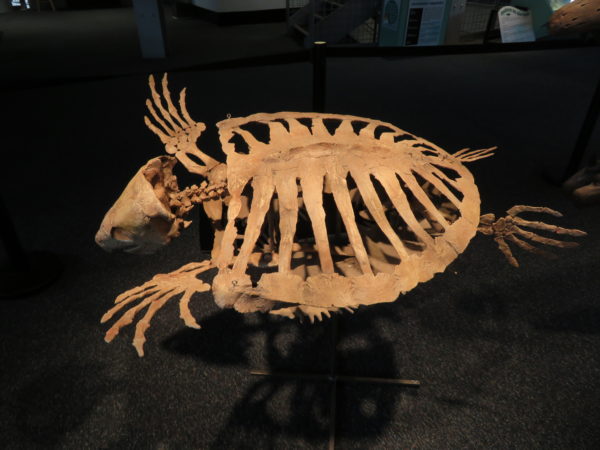
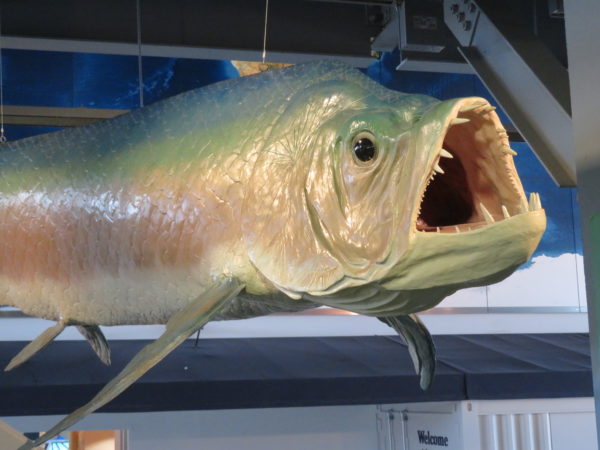
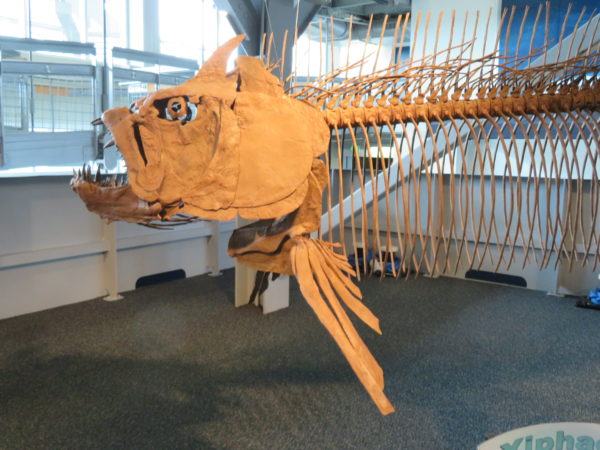
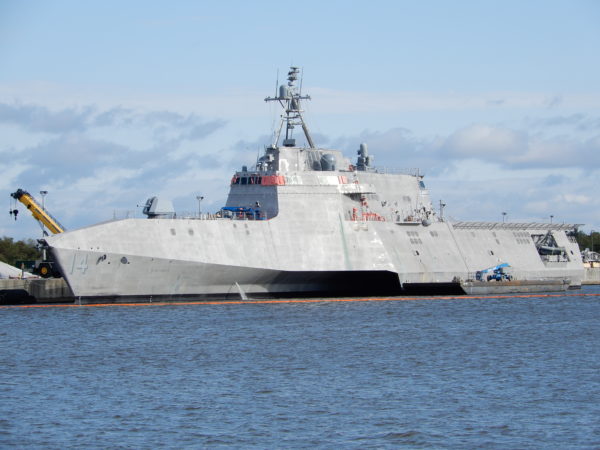



1 Comment
Susan · December 10, 2017 at 4:52 pm
You are learning and sharing so much history. I love the pictures and the blog